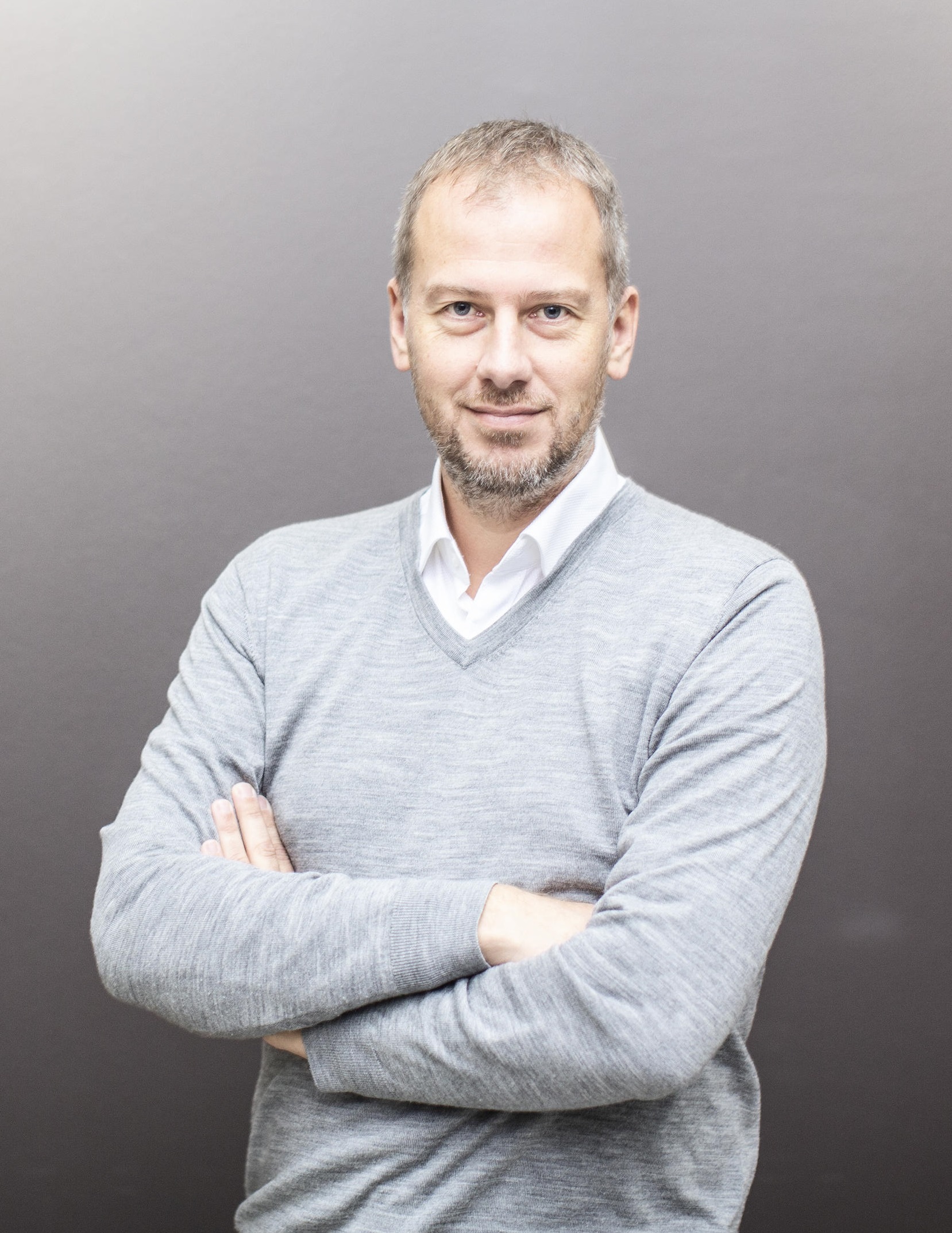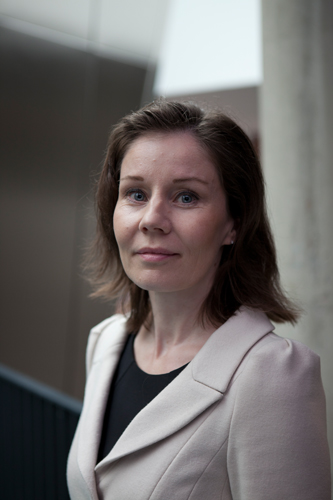Guiding spin waves with light could lead to faster and much more energy efficient computing

Computers waste a great deal of energy – in fact, most of the energy consumption in the current data centers comes from waste heat. Without significant improvements to the technology, in ten years a major share of the world’s energy consumption could go into computing.
A new three-year research project at Aalto University has just received significant Future Makers funding to address this problem.
‘We will build a prototype for a new computing device that produces much less waste heat in computation, and is also potentially much faster,’ says Professor Sebastiaan van Dijken of Aalto University.
In current computers, electric charges are transported through narrow channels, which necessarily produces a lot of heat. The planned new device will instead transport information with spin waves, a wave-like phenomenon in magnetic materials that can be excited up to terahertz frequency.
‘As this wouldn’t involve any electrical transport, we would get rid of all the heating effects and be much more energy efficient,’ van Dijken says.
Although spin waves currently have few commercial applications and have so far not been used in computing, their potential for information processing is widely recognized and much researched. What makes this project unique is that the researchers plan to make the device work by controlling the spin waves with strong light fields on the nanoscale.
‘Nobody has guided spin waves with light in this way before,’ says Professor Päivi Törmä of Aalto University.
Törmä and van Dijken are optimistic about their chances of success. Van Dijken and his research group are experts in manipulating spin waves, whereas Törmä leads a group that has years of experience in working with nanoscale light fields. Recently, collaboration between the two groups led to a new way to use magnetism for controlling light.
‘What we now want to do is essentially the opposite; we want to use light to control magnetization dynamics’, van Dijken explains.
Törmä notes that nanoscale light fields are already successfully in use, for instance, in biosensors and cancer therapy.
‘Strong light fields on the nanoscale are already applied elsewhere commercially. That indicates that they might be very powerful also in this new context’.

‘Rethinking the platforms where computation is done’
During the three-year project, the researchers’ main aim is to build a functioning logic gate and demonstrate its low energy consumption. Logic gates are basic elements of information processing, and thus computers.
The researchers will employ technology that is fitting for mass production. While working on the prototype, they will already begin to search for collaborators in the industry.
‘It is extremely important that the Finnish industry sees, early on, what kinds of potential technologies are coming,’ Törmä says.
‘For a long time, there has been this kind of thinking that all IT is software. Now, the limits of hardware are also becoming more and more important. We are rethinking the platforms where computation is done’.
The Future makers funding amounts to one million euros and it comes from the Technology Industries of Finland Centennial Foundation and the Jane and Aatos Erkko Foundation. The project makes use of the OtaNano national research infrastructure. The research groups are members of the national quantum community InstituteQ.


Get to know other Future Makers projects:
Researchers will use the world’s most accurate radiation detector in quantum computers
Professor Mikko Möttönen’s team and their partners have acquired funding to refine the bolometer technology for use not only in quantum computers but also in ultralow-temperature (ULT) freezers and terahertz cameras. The funding is from the Future Makers Funding Program by Technology Industries Finland Centennial Foundation and by Jane and Aatos Erkko Foundation. This would be the first time ever that this bolometer is utilized for practical applications.

Groundbreaking light sources can increase effectiveness and security of transferring quantum information
Researchers at Aalto University plan to build a revolutionary LED light source to generate entangled photon pairs. The research group led by Professor Pertti Hakonen has received three-year funding from the Future Makers Funding Program of Technologies Finland Centennial Foundation and Jane and Aatos Erkko Foundation.

New funding to commercialise high-tech liquid-repelling coatings
New funding to get damage-resistant, liquid-repelling surfaces out of the laboratory and onto solar panels, skis, and more

Researchers developing computer game to treat depression
Playing a therapeutic action game can ease symptoms in patients with depression, and improve their cognitive performance

Edible shock- and heat-resistant wood foam could replace plastic packaging
A new bio-based material could replace substances such as Styrofoam and bubble wrap. Artificial intelligence is being used to the development of the material.

Low cost solar panel research receives funding boost
€600,000 funding awarded to Dr Ghufran Hashmi for the development of low cost long-lasting solar energy materials

- Published:
- Updated:
Read more news

Pengxin Wang: The internship was an adventure filled with incredible research, unforgettable experiences, and lifelong friendships.
Pengxin Wang’s AScI internship advanced AI research, fostered global friendships, and inspired his journey toward trustworthy AI solutions.
Major grant from the Kone Foundation for modern architecture research - Laura Berger's project equates building loss with biodiversity loss
Aalto University postdoctoral researcher Laura Berger and her team have been awarded a 541 400 euro grant from the Kone Foundation to study the effects of building loss on society and the environment.
AIS Impact Award 2024 goes to Professor Matti Rossi and his team
The team won the award for technological and entrepreneurial impact